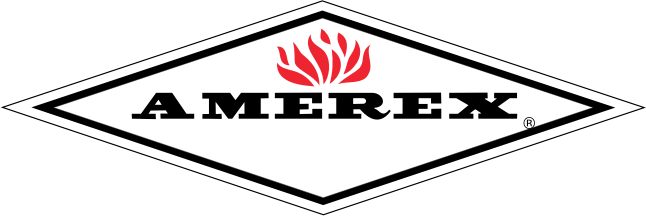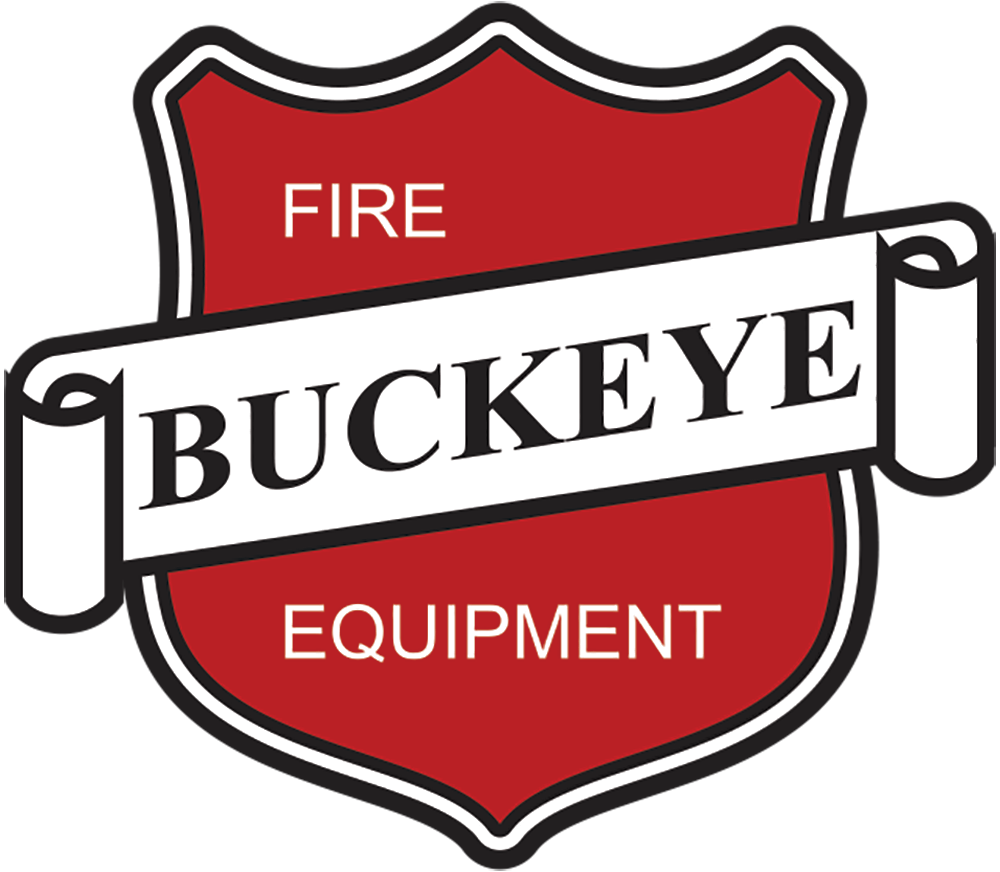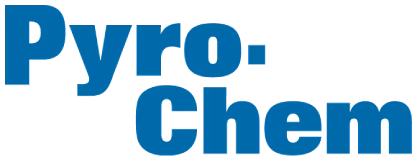Owning and running a business means shouldering numerous responsibilities, and maintaining compliance with National Fire Protection Association (NFPA) codes should rank as a top priority. These codes are vital for safeguarding people, property, and assets from the risks associated with fire.
However, if you fail to comply with these standards, you may incur significant legal and financial penalties, experience interruptions in your operations, and, most importantly, endanger people’s lives. These reasons make it crucial to keep your business compliant with NFPA codes. This guide can help you by outlining the clear steps to fostering a safe and secure environment.
Learn Which Codes Apply to Your Business
The NFPA publishes hundreds of codes and standards that cover various aspects of fire safety, ranging from building design to employee training and education. Each business must focus on the specific codes relevant to its industry and operations. This makes it essential for business owners to perform a detailed review of the applicable codes.
Businesses should seek guidance from fire prevention professionals or consult state and local regulations to identify necessary compliance areas. Understanding which codes pertain to your facility will provide clarity and set a strong foundation for maintaining safety.
Incorporate the Codes Into Your Practices
Once you identify the relevant NFPA codes, integrating them into your organization's daily practices becomes a priority. Although this can help you avoid penalties and boost your business’s reputation, this initiative should be part of your ongoing strategy for protecting people and property. All your operational decisions and workflows should reflect the principles outlined in the respective codes.
Take time to evaluate your facility’s existing safety systems, policies, and procedures against NFPA standards. Address gaps with actionable improvements, such as ensuring your facility has the appropriate number of emergency exits.
Blueprint workflows in a way that aligns with fire safety priorities, ensuring that your company’s operations can proceed without compromising safety protocols. Well-documented procedures guided by NFPA requirements enable efficient implementation and long-term practice.
Invest in Fire Protection Systems

Fire protection systems serve as critical tools in mitigating the risks posed by fires and form the foundation for NFPA compliance. When evaluating your facility, assess whether current systems meet up-to-date NFPA standards. If they do not, replace or upgrade them as necessary.
For instance, fire alarm systems play a central role in alerting occupants about potential danger, while sprinkler systems help suppress a fire before it can spread and cause greater harm. Other assets, such as portable fire extinguishers, fire hoses, and emergency systems, serve specific protective purposes.
Partnering with experienced fire protection companies that offer installation, inspection, and maintenance services is beneficial. This collaboration ensures that your systems meet standards and function efficiently, safeguarding lives and your property.
Train Your Employees on NFPA Codes
Another way to keep your business compliant with NFPA codes is to train your employees on how to follow them. Although systems and policies lay the groundwork for compliance, training ensures that everyone understands their role in maintaining a safe environment. Well-trained employees can help prevent accidents and respond effectively during emergencies, as opposed to taking inappropriate actions that can put people at risk.
Develop a targeted training program that highlights the relevant aspects of NFPA codes. Include practical instructions on using fire extinguishers, identifying potential hazards, and evacuating safely during an emergency. You can reinforce these lessons by conducting regular fire drills to ensure your staff remains prepared.
You should also create an environment where workers can freely talk about concerns or report safety risks. In addition, if you think you need some expert help in training your staff, consider utilizing training programs offered by the NFPA. By creating a culture focused on fire safety, you empower your workforce to minimize risks and contribute to code compliance.
Have Your Operations Inspected

Although you may have upgraded to fire protection systems that meet NFPA codes, that does not mean you have finished your work in keeping your business safe. You must also perform periodic inspections to confirm continued compliance. Routine evaluations reduce potential hazards and ensure that your facility adheres to NFPA standards.
Through this process, you can learn about potential threats like faulty alarm systems or expired fire extinguishers. An inspection will help you resolve these issues early on and prevent your business from experiencing a significant disaster. Hire a fire protection company to perform detailed inspections. Additionally, government or local fire departments may conduct mandatory reviews.
Prepare for these inspections by maintaining compliance at all times and prioritizing the safety and hazard-free status of your facility. You can also conduct your own audits on-site ahead of time to detect issues early and prevent your business from experiencing any surprises. Knowing that your operations align with NFPA requirements allows you to feel more confident that you are maintaining a safe environment for everyone.
Stay Aware of NFPA Code Changes
The NFPA regularly evolves its standards to reflect advancements in fire safety technology and understandings of risk mitigation. However, if you fail to stay updated on the latest revisions, you can create vulnerabilities within your safety program. Whether updates pertain to new equipment, guidelines for evacuation drills, or maintenance schedules, incorporating changes promptly ensures continued compliance.
To stay abreast of these changes, you should become a regular reader of the NFPA Journal and become a member of professional organizations that can keep you posted on any changes. You can also enlist in NFPA’s training so that you don’t miss out on any revisions to their guidelines. Staying informed allows you to maintain efficient fire protection systems and safe operations without disruption.
Maintain Thorough Records
One final tip is to maintain thorough documentation whenever new fire protection devices are installed or inspections are performed. This provides evidence that your business follows NFPA regulations. Solid records can ease the process when inspections occur and protect your organization in legal situations or disputes.
You should also maintain detailed, organized records of fire drills, employee training sessions, service and repair logs, and other fire safety measures. Specify dates, outcomes, and responsible personnel for every entry.
Digital storage solutions can help streamline this process and give you easy access to records when needed. Comprehensive documentation can also ensure a smooth relationship with regulatory bodies.
By proactively ensuring your business stays in compliance with NFPA codes, you will protect your customers, workers, and property, as well as your business’s reputation. Take steps today to reinforce your enterprise’s commitment to fire safety.
One experienced company that can help you do that is Hedrick Fire Protection. Our services range from fire alarm systems installation to annual inspections of sprinkler systems and fire extinguisher training. Let us help you build a strong foundation for safety and long-term operational success in your business.



